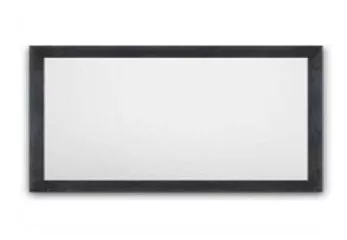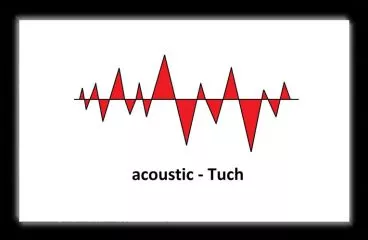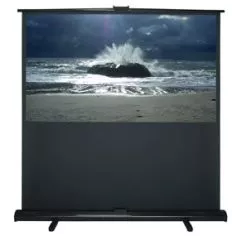Typ: Rahmenleinwand Leinwandgröße: 55" bis 105" Bildforma...
Typ: Rahmenleinwand Leinwandgröße: 55" bis 105" Bildforma...
Typ: Rahmenleinwand Leinwandgröße: 55" bis 105" Bildforma...
Typ: Rahmenleinwand Leinwandgröße: 55" bis 105" Bildforma...
Typ: Rahmenleinwand Leinwandgröße: 55" bis 105" Bildforma...
Typ: Rahmenleinwand Leinwandgröße: 55" bis 105" Bildforma...
Typ: Stativwand Professional Leinwandgröße: 203 cm x 1...
Typ: Portable Tischleinwand Leinwandgröße: ab 65 cm x ...
Typ: Rahmenleinwand Samtbezogen Leinwandgröße: ab 177 ...
Typ: Rahmenleinwand Samtbezogen Leinwandgröße: ab 234 ...
Typ: Motorleinwand Leinwandgröße: ab 160 cm x 120 cm ...
Typ: Rahmenleinwand Leinwandgröße: ab 160 cm x 90 cm ...
Rahmenleinwand Leinwandgröße: ab 160 cm x 120 cm Bild...
Typ: Stativwand Leinwandgröße: ab 152 cm x 115 cm B...
Typ: Stativwand Professional Leinwandgröße: ab 152 cm ...
Typ: Rahmenleinwand Leinwandgröße: ab 183 cm x 107 cm ...
Typ: Rahmenleinwand Leinwandgröße: ab 183 cm x 107 cm ...
Typ: Motorleinwand Leinwandgröße: ab 160 cm x 120 cm ...
Typ: Rahmenleinwand Leinwandgröße: ab 203 cm x 114 cm ...
Typ: Rahmenleinwand Samt Leinwandgröße: ab 250 cm x 10...
Das perfekte Bild mit der richtigen Leinwand
Zu einem perfekten Heimkino sollte die Leinwand auf den Beamer passend gewählt sein. Ob als feste Rahmenleinwand, ausfahrbare Manuelle- /Motorleinwand, hängend an der Wand oder als versteckte Integration in der Decke. Ausschlaggebend einer guten Symbiose zwischen Beamer und der Leinwand, ist die Beschaffenheit des Leinwandtuchs.
Ein wichtiger Punkt ist die Angabe des Gain-Faktors der Leinwand. Er beschreibt das Reflexionsverhalten der Bildfläche im Gegenzug zur herkömmlichen Standard-Weißen Fläche. Ein Gain-Faktor von 1,5 bedeutet z.B. dass in einer bestimmten Richtung das Licht 1,5fach stärker reflektiert wird.
Ein weiterer Punkt ist die Art der Projektionsvariante. Man kann das Bild auf das Leinwandtuch von hinten oder von vorne projetzieren. Bezeichnet als Rückprojektion (Durchlichtprojektion) und Aufprojektion.






















